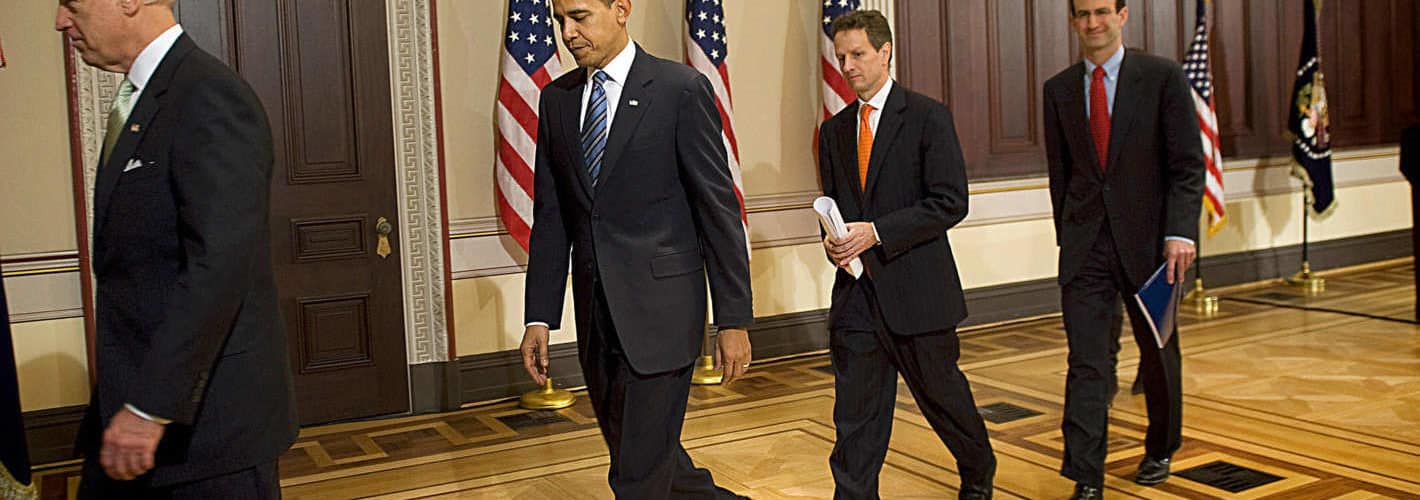Three years ago, a plan that was supposed to help solve the housing crisis in the US was unveiled by President Barack Obama. At the time, one out of every five homeowners were upside down on their home mortgages. The value of there homes were substantially less than the amount owed on their home loans. Lenders were foreclosing on homes at a rate of about 74,000 each month. Home sale prices had dropped by 30 percent from what they were during the 2006 peak.
Even after President Obama vowed to avert millions of foreclosures, the crisis not only continued, it got worse. As of now, CoreLogic, a data firm that studies real estate markets, estimates that 23 percent of all US homeowners are still upside down, otherwise known as underwater, on their home mortgage loans.
Four Ways Obama’s Housing Plan Failed
It wouldn’t be fair to point out that there were other factors that made The President’s efforts fail. One of the main undermining factors was the very weak economic recovery in the US. There was also the issue of political decisions the administration advisers to not extend political capital. This would have forced the lenders to forgive mortgage debt, allowing homeowners to avoid foreclosure. It’s now becoming evident that it was a mistake to allow banks the option of participating in aid programs that could have helped the crisis, instead of making participation mandatory. Here are just four factors that contributed to the failure of the plan:
- Wasn’t Bold Enough
According to Ocwen Financial Corps former VP, Steven Nesmith, the plans had good intentions. But, they weren’t bold enough to accomplish their intended goals. They focused too much on stabilizing the systems backing the banks and other financial services firms, they should have put more focus on saving homes, directly.
One part of the strategy included incentives for lenders who helped distressed homeowners. But, the programs were so complex that home loan managers, borrowers’ advocates and mortgage bond investors simply couldn’t find ways to benefit financially. George Mason University professor, Anthony B. Sanders, says that the government never should have got involved in the first place. He believes recovery would have come quicker had the market been left to just bottom out and heal on its own.
- Long-Term Certainty Didn’t Exist
Another mistake the administration made was assuming that the housing market would have recovered by now. This caused those in charge to make decisions that didn’t include allowing private players to become long-term benefits on the market. Now, credit rules put in place by lenders are much stricter than they were before. In the meantime, Freddie Mac and Fannie Mae government backed loans are going into foreclosure at the same pace as conventional loans.
There are some positive successes that need to be noticed. Although the Obama administration had planned on reaching 9 million homeowners with the programs, they fell short of this goal. But, the two main programs put in place by the federal government for loan modifications and refinancing troubled mortgages has been able to help 2.2 million homeowners. Also, the drop in home prices is not longer at the speed of a free fall, and bidding wars have started again in some real estate markets.
- Not Listening to “The People”
As time continued on, maybe the administration should have been listening to the mixed reviews about the programs. Officials at the White House are asking critics to look at their record by taking into account that the programs have helped to create an model for the private real estate industry. Since 2009, the country has seen 5 million loan modifications save homes in both the private and government sectors.
However, since 2009, 20 percent of all borrowers whose homes were saved because of government loan modifications have fell back into default status. A recent revision of a refinancing program assisted about 180,000 homeowners earlier this year. But, only 4,400 of those homeowners were underwater with their mortgages. Of the $50 billions pledged in 2008 by Congress to help the foreclosure crisis, only around $3.7 billion of it has actually been spent to relieve homeowners.
- Caused a Ripple Effect
The National Economic Council’s deputy director, Brian Deese, says that we should be measuring the the ripple effects that were caused by the administration policies. We should also be noticing the steps being taken to get people to try refinancing their underwater loans, versus allowing themselves to go into foreclosure without a fight.
Deese believes that all of the programs have helped to make a difference. He says that they will do anything they can, responsibly, to help the housing market heal and help homeowners stay out of foreclosure. They will do what it takes to help Obama’s commitment to healing the housing market in the US.
Moving Forward
It seems that everyone has an opinion on the housing market conditions in the United States. Real estate experts, investors, homeowners, lenders, analysts… there are so many that feel they know what went wrong and just how to fix it. But, moving forward, it’s important to look back at the mistakes of the past to avoid repeating them. There are no right and wrong answers at this point. Any efforts made by the government and private agencies will help the healing process. Anyone and everyone that can do something to help, needs to put their plans in action now. The sooner the market heals, the sooner homeowners will stop being underwater in their mortgage loans.
Related Posts
- How to Reduce Mortgage Payments?
- Can Eminent Domain Solve the Housing Crisis?
- FHA Official Moves Forward to Help Distressed Homeowners
- Fannie Mae and Freddie Mac don’t want to keep up the energy-efficiency PACE



